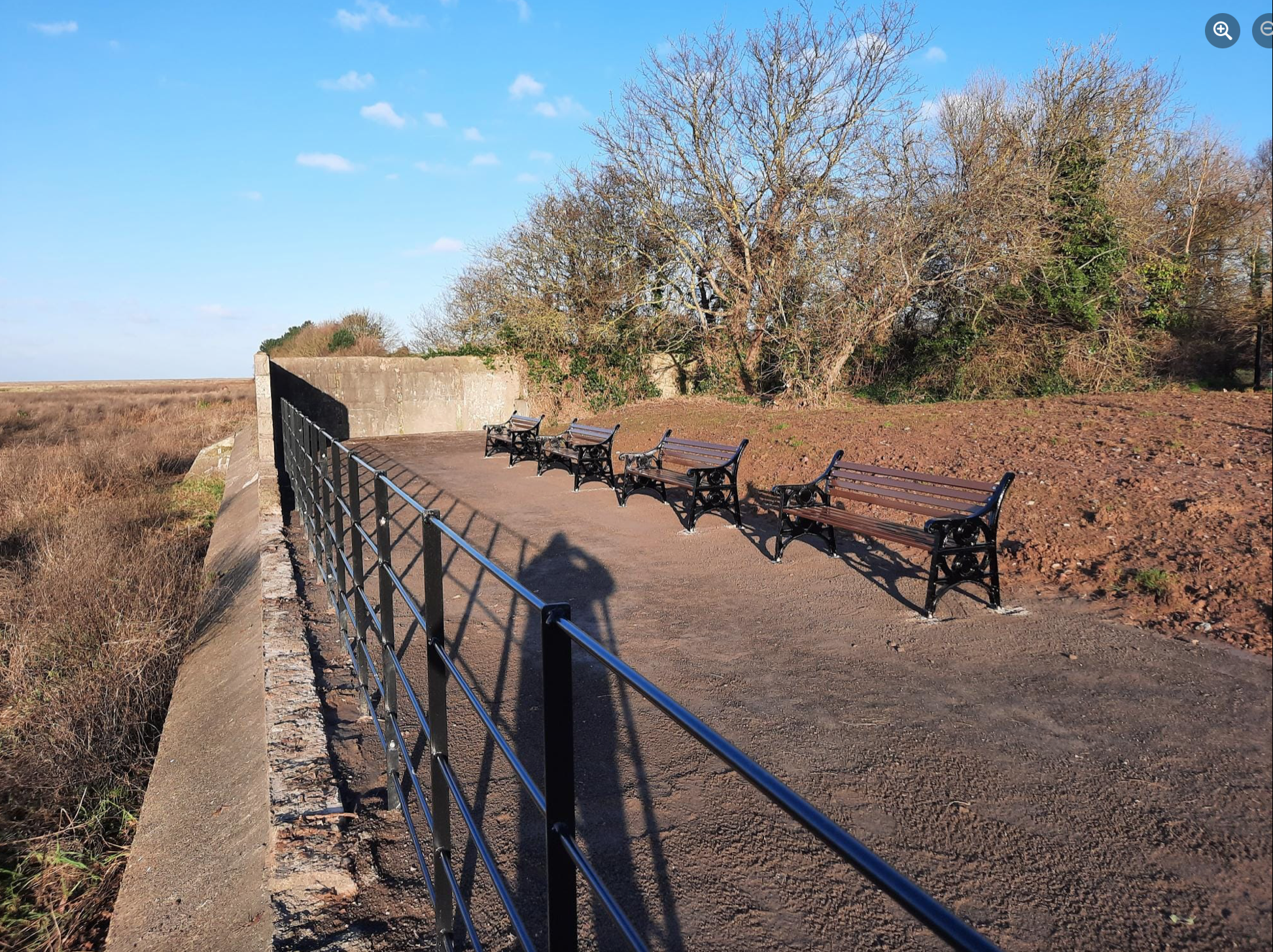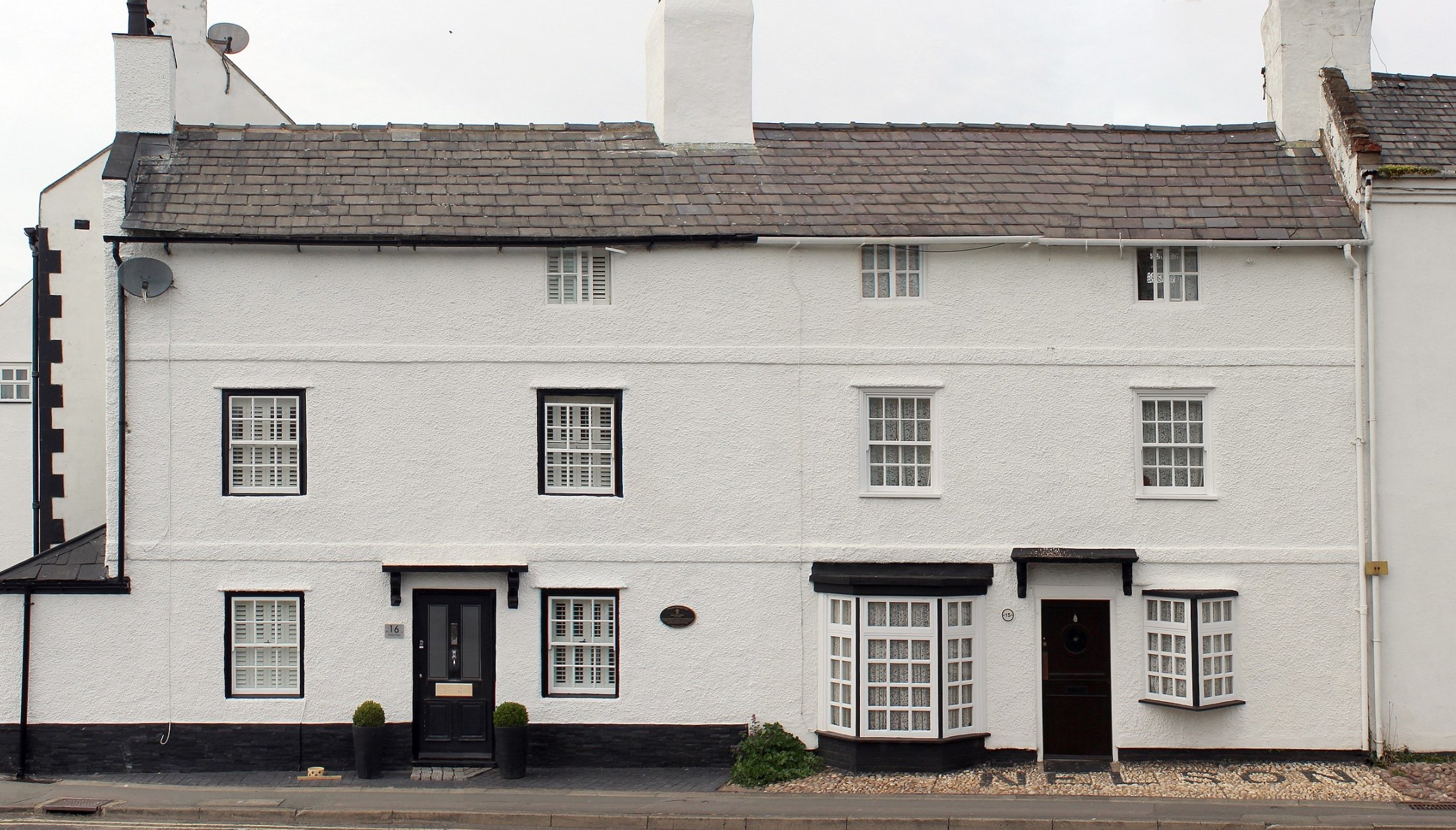Conservation Initiatives
The Parkgate Society was formed as a conservation society in 1972, and was a key partner in the creation of the conservation area. By that time some of the Georgian buildings had gone and others were showing a lack of maintenance. It was hoped that the establishment of a conservation area under the new powers then available would help maintain the character of the village, but keeping it tidy and attractive depends on on-going community involvement.
We now aim fund the upkeep of this historic coastal village by matching our resources to funding from other sources. Our main source of income comes from the annual membership fees. We also work with local businesses and private residents to maintain the appearance of their premises; we publish books and guides about the area and hold monthly members’ meetings and other events. All funds raised go towards the conservation and maintenance of our lovely village.
The Vision for Parkgate - 2020-2030
The ‘Vision for Parkgate’ is a strategy document compiled by The Parkgate Society in collaboration with the local authorities. Its objective is to identify areas of improvement which would benefit local residents and visitors alike, taking into account the importance of the visitor economy to the area.
The Society has recently reviewed this Vision and revised it to make it relevant for the next decade. It outlines the 10 year plan from 2020-2030.
Parkgate heritage trail and Interpretation Boards
Cheshire West and Chester Council has worked with the Parkgate Society and SpaceHive, the community funding platform, on a project to bring the history of Parkgate to life for visitors
This is a project to celebrate the 50th Anniversary of the Parkgate Society (created in 1972) and is one of the aims of the "Vision for Parkgate". The objective is to install interpretation boards and maps at key Heritage Trail walk locations around Parkgate, promoting its largely unknown historic social, cultural, industrial and cultural heritage, and its associated country walks. These boards are similar to those already installed at the Donkey Stand.
This Heritage Trail walk will focus on the Parkgate Fishing Industry, its Ship Building and Ferries, the Ropewalk Garden and its associated railway history, the Old Baths and village history. These historical boards will provide education and learning opportunities particularly for children, young people, and families. They also include the local footpaths and cycling routes that link in with The Wirral Way, enabling people to explore the surrounding countryside.
Thanks to the generosity of local residents and businesses the funding target was reached and the seven new boards have been installed following a linear route covering the whole of The Parade.
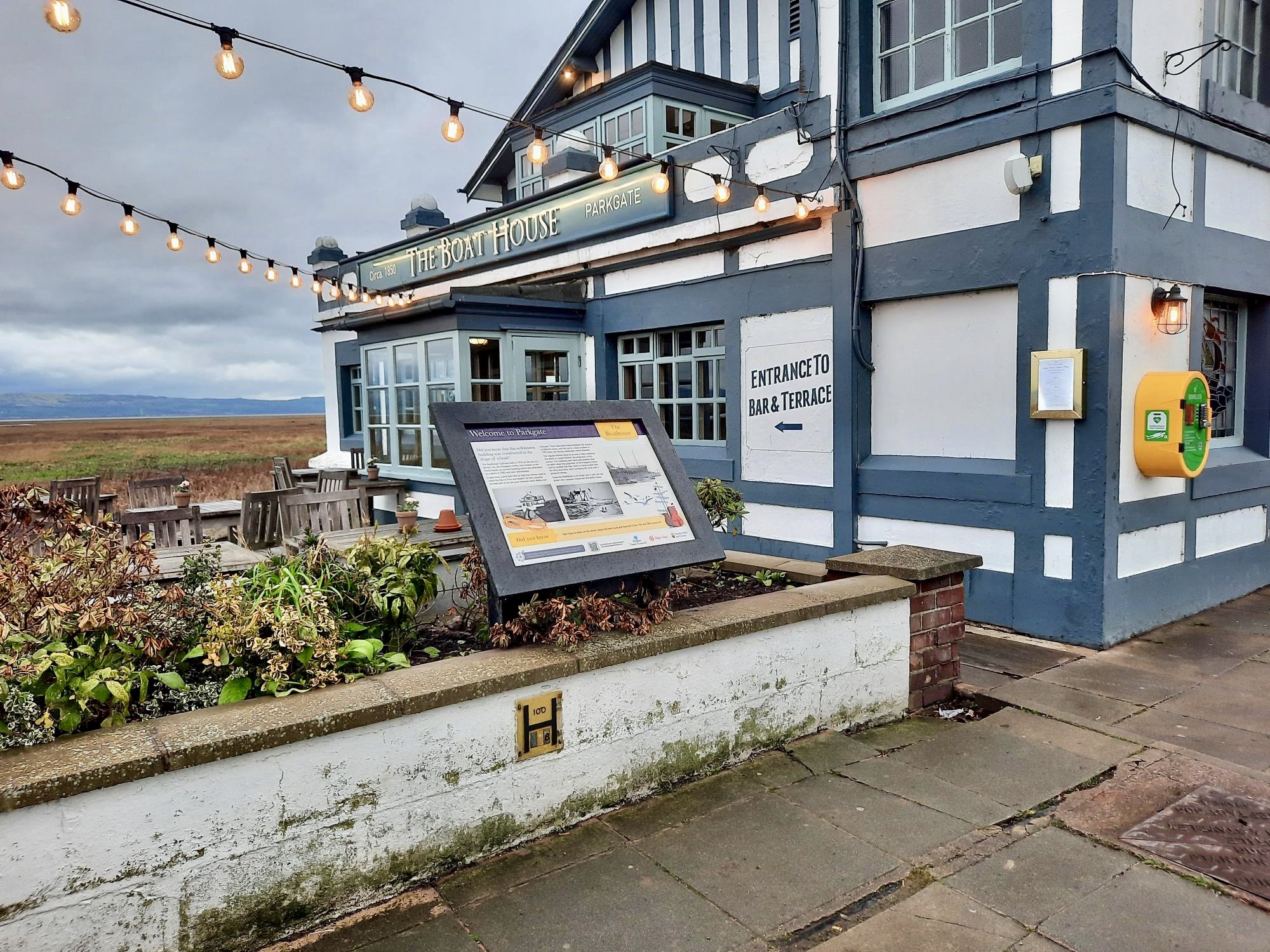
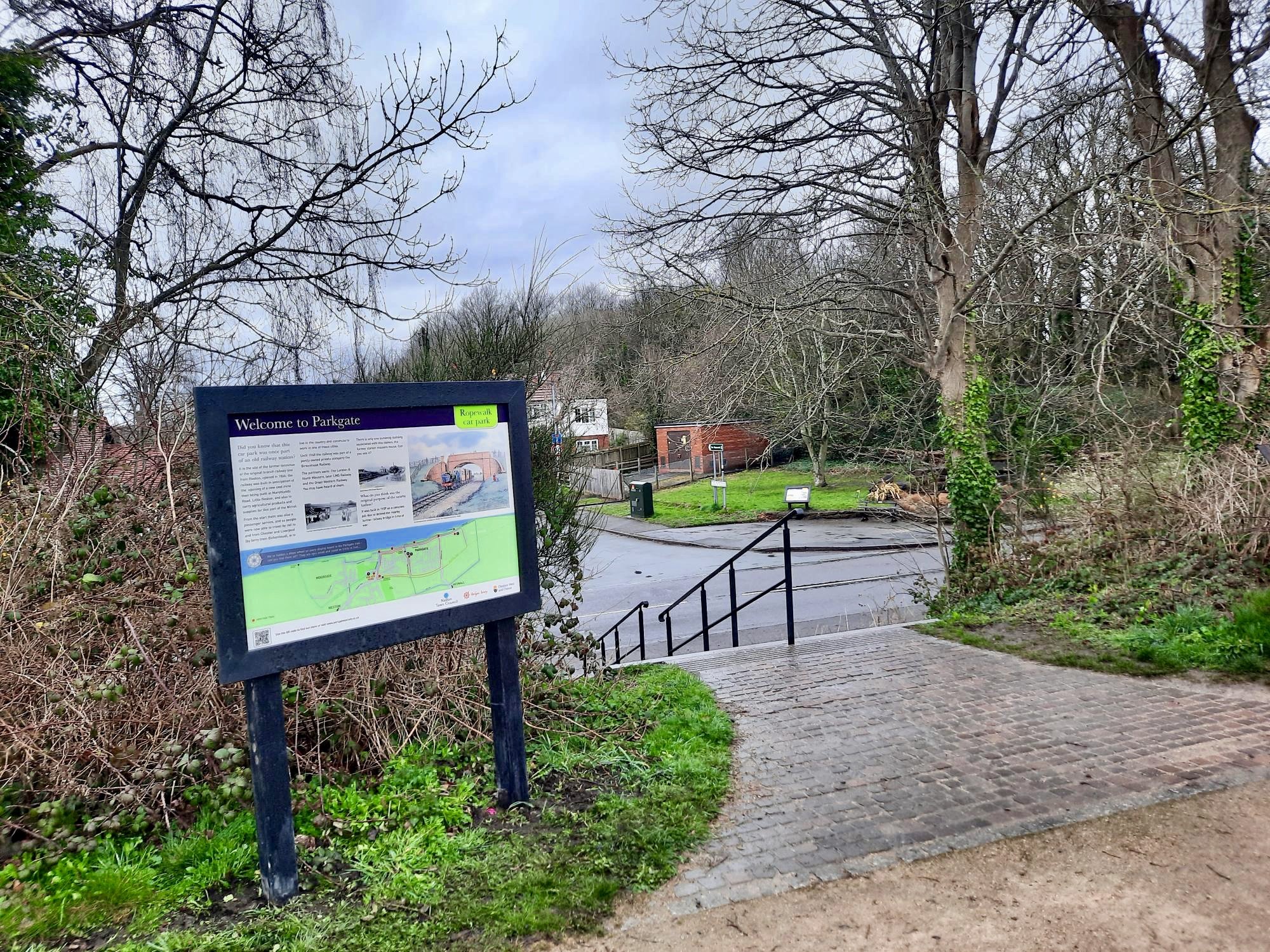
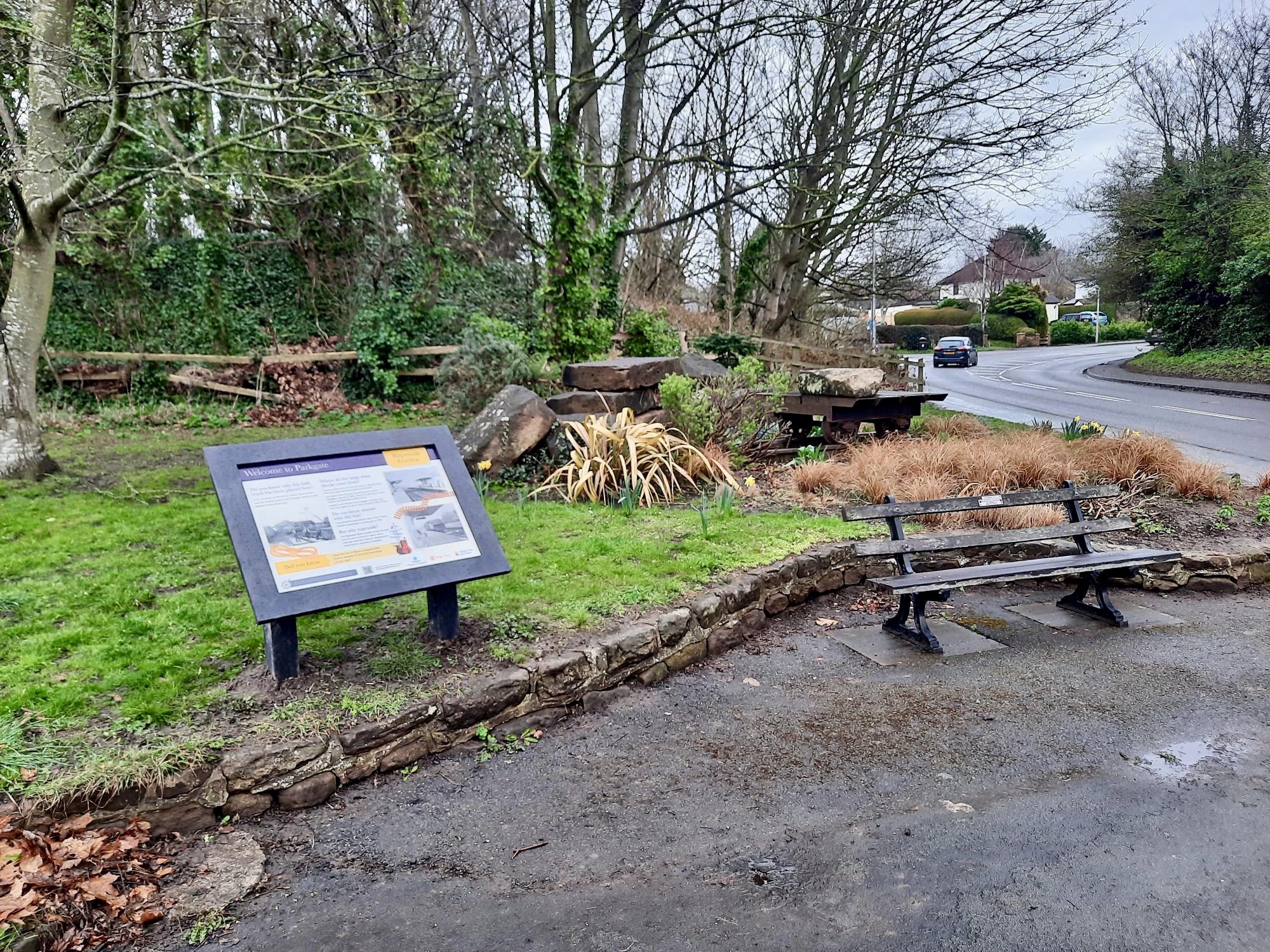
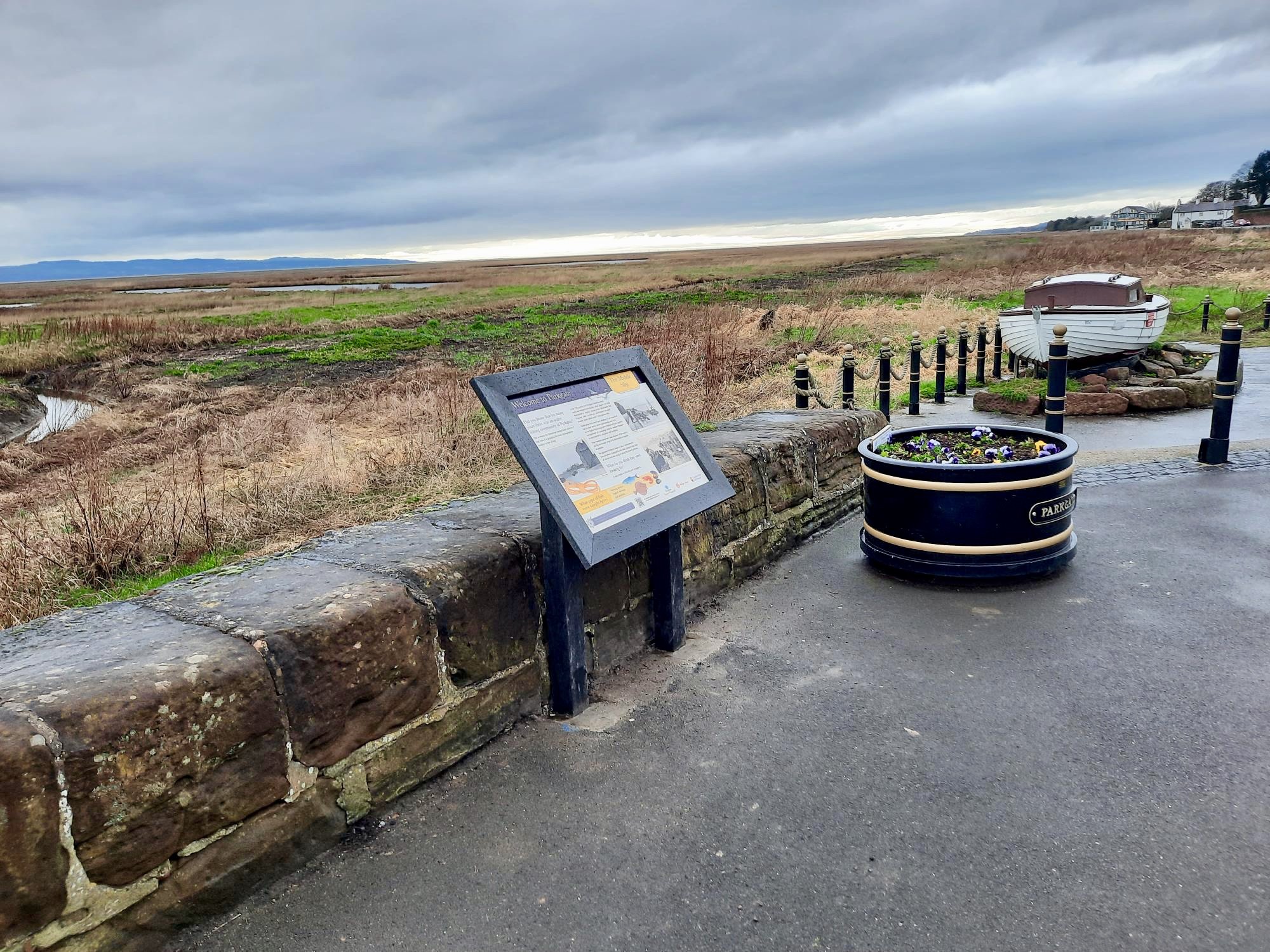
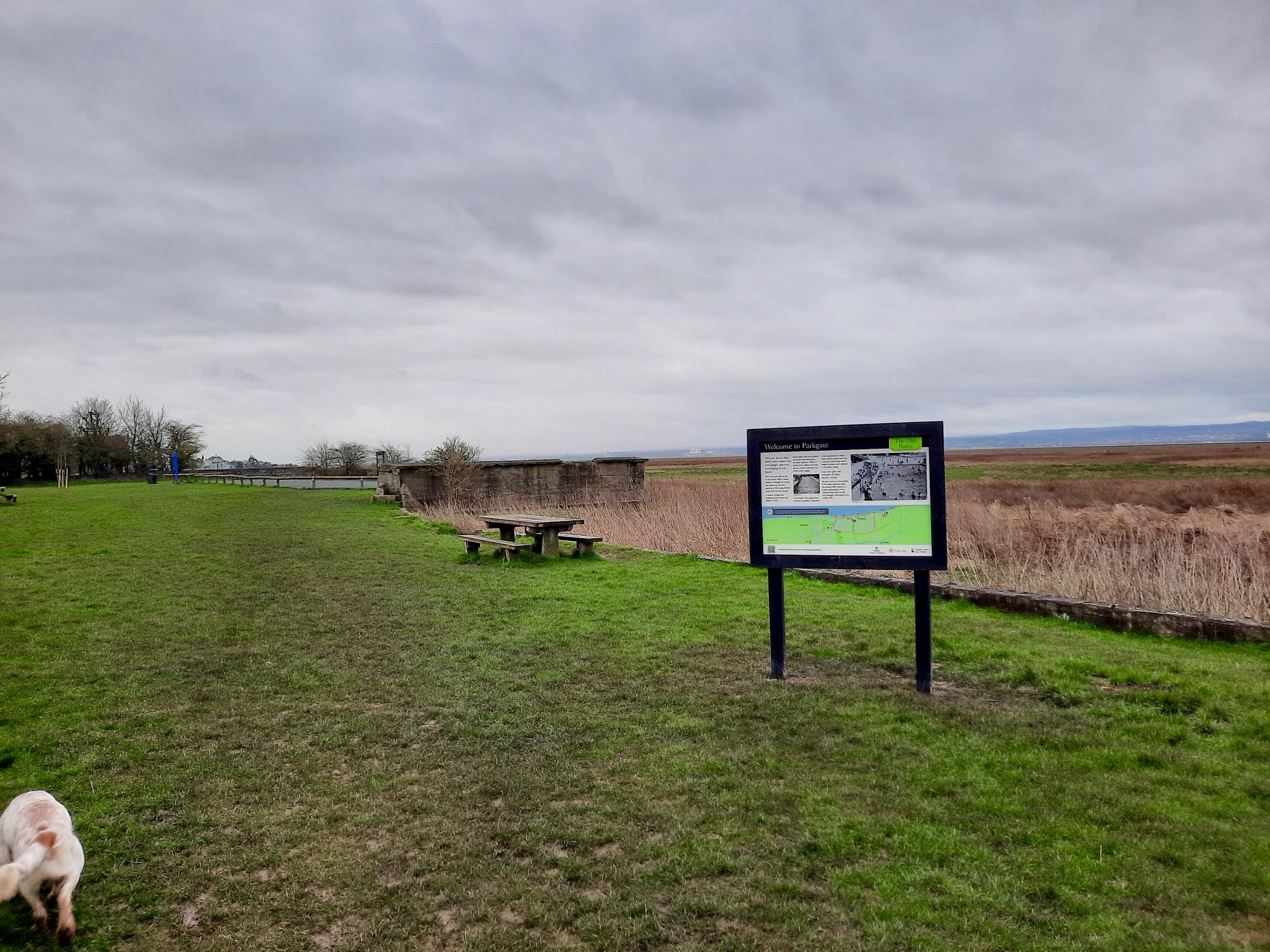
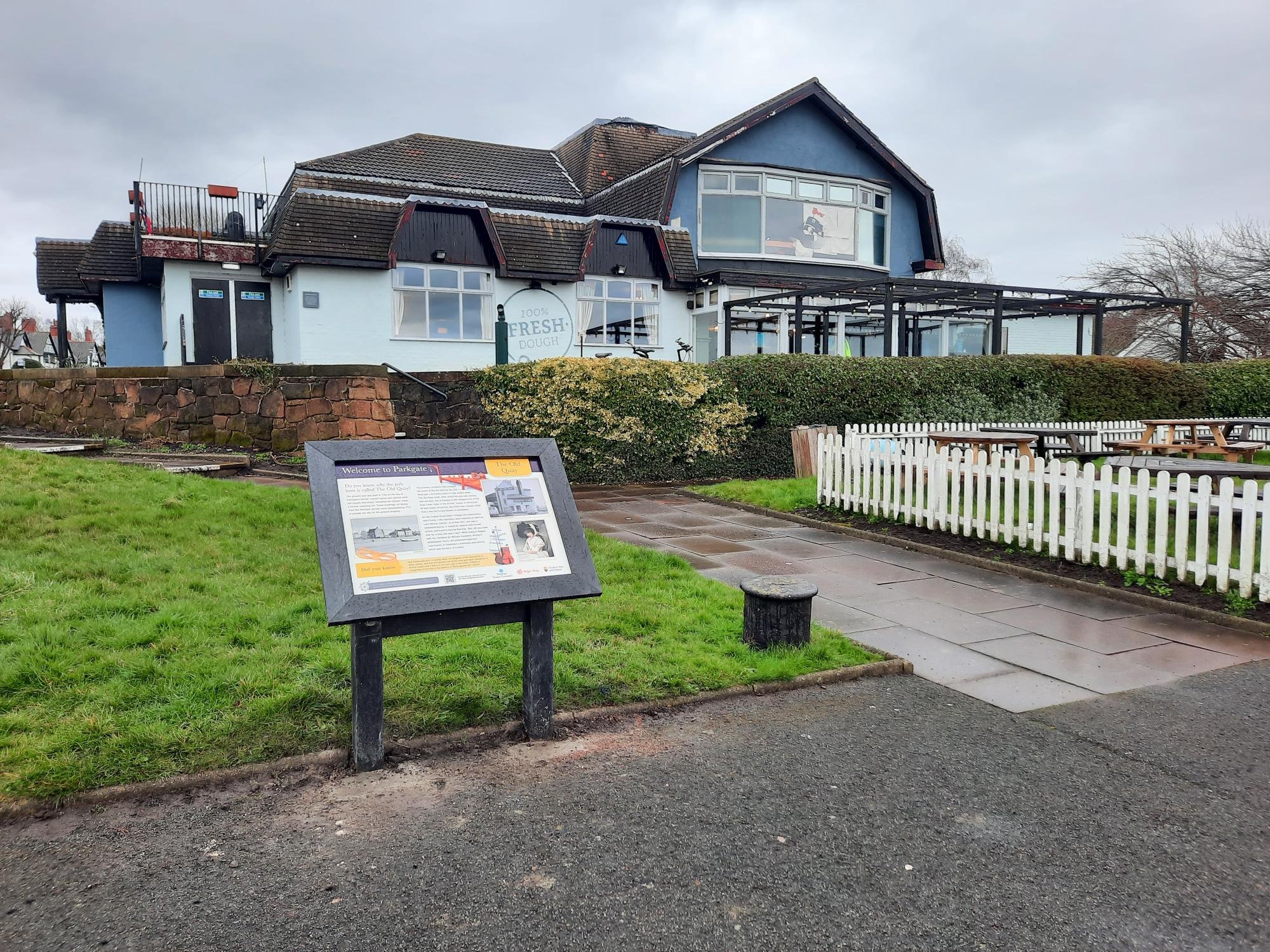

The Council’s Deputy Leader and Cabinet Member for Environment, Highways and Strategic Transport, Councillor Karen Shore said: “The new boards look wonderful and it’s so good to see a true community project come to fruition. On every board our designers have ‘hidden’ a little ships wheel for children to find – it’s actually the logo for the Parkgate Society, which is a lovely touch”.
Derick Cotton, Treasurer of the Parkgate Society said: “Through this project the Parkgate Society set out to enhance the visitor experience and to provide easy access to the rich heritage that Parkgate village has to offer and we are delighted we achieved our funding target. The Society is extremely grateful for the encouragement and support provided by the members and officers of Cheshire West and Chester Council and to the long list of community supporters, including Neston Town Council”.
The success of this project has encouraged the Parkgate Society to launch a further crowd funding project and has now raised sufficient funds for the next project: an accessible viewing platform at the Old Baths area.
Old Baths Viewing Platform
Parkgate is the only seaside resort in Cheshire, and this project’s objective is to provide a more visitor-friendly experience of the Old Baths area, encouraging them away from the busy centre of the village to other areas of historical interest. The plan is to create a new accessible platform for viewing the wildlife and scenery at the Old Baths site and to promote the site’s heritage.
Work on this project is now completed and the new viewing area is in use. Just in time for the next high tide days in February.
Improving Accessibility: parts of the Old Baths car park area are overgrown and inaccessible to those with limited mobility. A new pond has recently been created but is not easily accessible by all visitors. This project will provide safe access for people with mobility issues to be able to view the Dee Marshes and the wildlife across a wider panorama.
New Landscaping: the area will be sympathetically cleared and landscaped with the new design including seating. The landscaping will also open up the sightlines, reducing the opportunities for anti-social behaviour at the location.
Information boards: there will be new interpretation boards at the site to help with identification of bird and other wildlife. This is an important part of a wider scheme to enhance visitors experiences and knowledge of Parkgate’s rich heritage via information boards and QR codes linking to more detailed information on our new website.
Photo by Derick Cotton
Photo by Brenda Marple
Planning and public realm
The Society carefully reviews all planning applications across the area, especially those affecting our historic and listed buildings. Our view is that the Conservation Area should have a unified appearance with appropriate heritage style street lighting and street furniture, with more interpretation boards explaining historical background, etc. We try to ensure that the character of village is kept
Parkgate is proud to have a large number of listed and other historic buildings in its area . One of the early achievements of the Parkgate Society was to get the historic central area of Parkgate designated as a conservation area in 1973. As such, the Society keeps a watchful eye on its stock of buildings to ensure that they are protected and are maintained to an adequate standard.
We have been asked by Historic England (formally English Heritage) to voluntarily perform periodic inspections of our listed buildings and to report back to them on the state of the buildings. We also keep an eye on local planning applications and make relevant representations to the Planning Authorities should we feel that any of our historic buildings are under threat.
Last Updated March 2024



